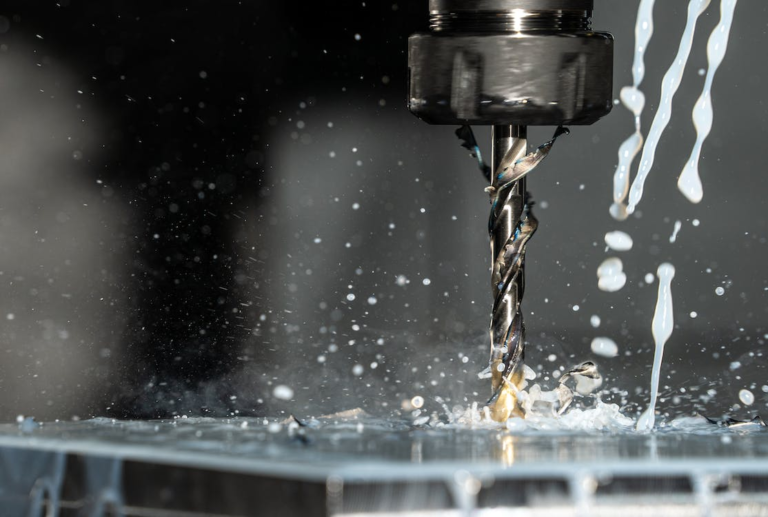A Beginner’s Guide to Extrusion
What is extrusion manufacturing and how does it work? Well, extrusion is a process that has been used for centuries. This manufacturing process has been used to make all kinds of products, from aluminum cans to plastic pipes. Extrusions is a manufacturing technique that creates objects with a fixed cross-sectional profile. It does this by…









